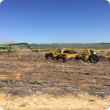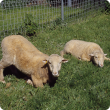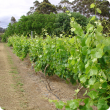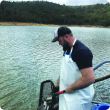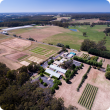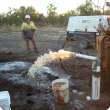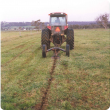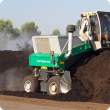Filter by regions:
- (-) Remove Great Southern filter Great Southern
- South West (1096) Apply South West filter
- Peel (896) Apply Peel filter
- Wheatbelt (896) Apply Wheatbelt filter
- Mid West (894) Apply Mid West filter
- Goldfields-Esperance (777) Apply Goldfields-Esperance filter
- Perth regions (702) Apply Perth regions filter
- Gascoyne (571) Apply Gascoyne filter
- Kimberley (473) Apply Kimberley filter
- Pilbara (464) Apply Pilbara filter


